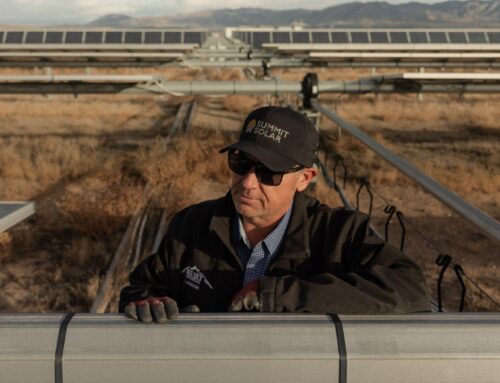A look into the green chemistry of undergraduate labs
April 3, 2025
Last semester, assistant professor of chemistry Brooks Abel piloted a lab for Chemistry 12A, “Organic Chemistry,” to demonstrate recycling on a chemical level.
Specifically, students decomposed plastics into monomers that could be resynthesized into polymers.
The polymerization method and experimental protocol was developed by Abel and a first-year graduate student in the Abel Research Group, David Murillo, in the summer and part of fall 2024. Abel and Murillo identified a biodegradable polymer with “infinite recyclability” and potential for biorenewability.
The emphasis on sustainability and green chemistry within undergraduate labs mirrors efforts by UC Berkeley’s department of chemistry to incorporate environment-based goals into labs throughout the last decade.
The experimental design for Abel’s polymer lab was solvent-free and utilized inexpensive chemicals — according to Abel, the estimated final cost of the lab was under $2 per student.
“I didn’t just want to make a polymer for the sake of it,” Abel said. “I wanted it to have an application on the back end, and what better application than showing how to make an infinitely recyclable material that turns back into the thing you made it from.”
According to organic chemistry stockroom supervisor Danil Smiles, organic chemistry utilizes materials on a microscale and the amount of waste can vary by lab.
For example, many of the lab experiments in Chemistry 12B, “Organic Chemistry,” have each pair of students use approximately 100 to 300 milligrams of solid compounds along with 10 to 20 milliliters of solvent.
However, with about 1,200 to 1,500 students taking the classes each semester, the amount of waste can add up — for the fiscal year 2022, the organic chemistry stockroom spent around $22,000, according to Smiles.
“We have to make (the lab) fit with what we have,” Abel said. “From time constraints, to safety constraints, to equipment constraints, down to cost constraints.”
According to chemistry lecturer Michelle Douskey, green chemistry initiatives began in 2010 with the redesigning of four lab classes.
The primary goals of the effort were to either make existing experiments more environmentally focused or replace entire experiments that were deemed hazardous.
Douskey said some experiments were established with greener topics in mind, but had the same — or larger — environmental footprint.
“Occasionally, having a more green context or a more interesting, societally relevant topic actually means that you’re using things that are more hazardous than they were in the first place,” Douskey said. “Sometimes the experiment itself is green in topic, but not green in terms of its own footprint.”
Additionally, although Douskey noted that organic chemistry courses use fewer hazardous materials, she hopes that green chemistry initiatives can also be introduced into organic chemistry.
“They have already undergone curricular changes to minimize waste and solvent use and time and energy,” Douskey said. “But they haven’t revamped that curriculum itself for the topics, and I’m hoping that there will be a movement for that … We have settled into a groove now with the green curriculum. Many of us would like to expand to organic (chemistry), but we haven’t found and won the right grant yet.”
Scientists have been increasing their focus on sustainability and green chemistry measures, according to Abel. He said that chemists are starting to develop new green strategies for making compounds.
To Douskey, the need to make unsustainable practices greener is great. She said since students learn to make molecules in organic chemistry, introducing green initiatives to the discipline would help with the innovation of sustainable and applicable manufacturing processes.
“Anything you can do at the bench to make molecules more sustainably can in theory be translated into more sustainable manufacturing,” Douskey said. “I do think there’s an urgency there.”
Search
RECENT PRESS RELEASES
Related Post




